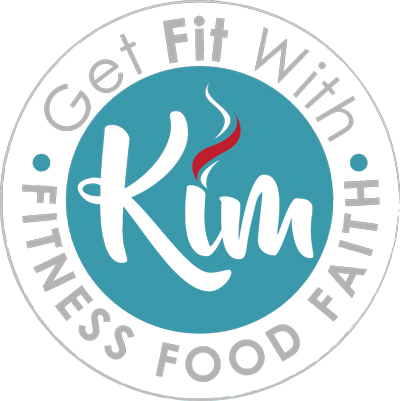Over-the-counter (OTC) pain relievers are medicines that can help relieve pain or lower a fever. Despite all of the different brand names, there are basically two major types of OTC pain relievers: acetaminophen (Tylenol or Excedrin); and non-steroidal anti-inflammatory drugs (NSAIDs), a broad group that contains ibuprofen (Advil), naproxen (Aleve), and aspirin.
OTC pain relievers can be helpful in treating many types of pain. These can include headaches, arthritis pain, earaches, back pain, and pain after working out. Both acetaminophen and NSAIDs reduce fever and relieve pain caused by muscle aches and stiffness, but only NSAIDs can reduce inflammation (swelling and irritation).
When choosing an OTC pain reliever, check the label for possible side effects or to see if the pain reliever might cause problems with other medicines you are taking. Always read and follow the directions on the label carefully. If you have any questions, ask your doctor or pharmacist.
Get ready to learn:
- How to reduce swelling without taking an over-the-medication
- Key differences between acetaminophen and NSAIDs
- Which OTC medication to take to help with muscle soreness caused by exercising
- Side effects and when not to use acetaminophen
What did you think of this Video?
- Subscribe to my YouTube channel for additional information and to get notifications when new videos are available!
- Leave a comment and holler at me with any questions and what you found most helpful.
- Share this post with others so they can get the inside scoop on your tastebuds. Simply click the social media sharing buttons below to impact some lives!

 Get my signature
Get my signature